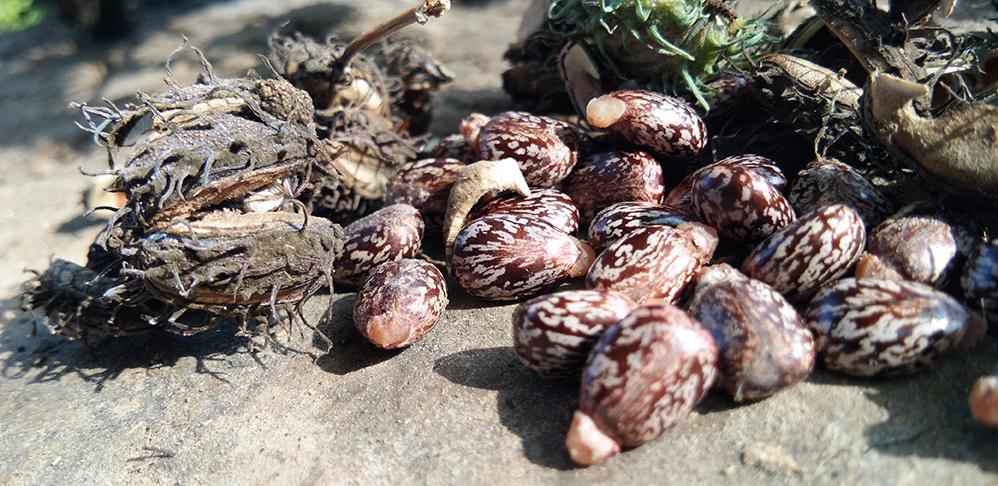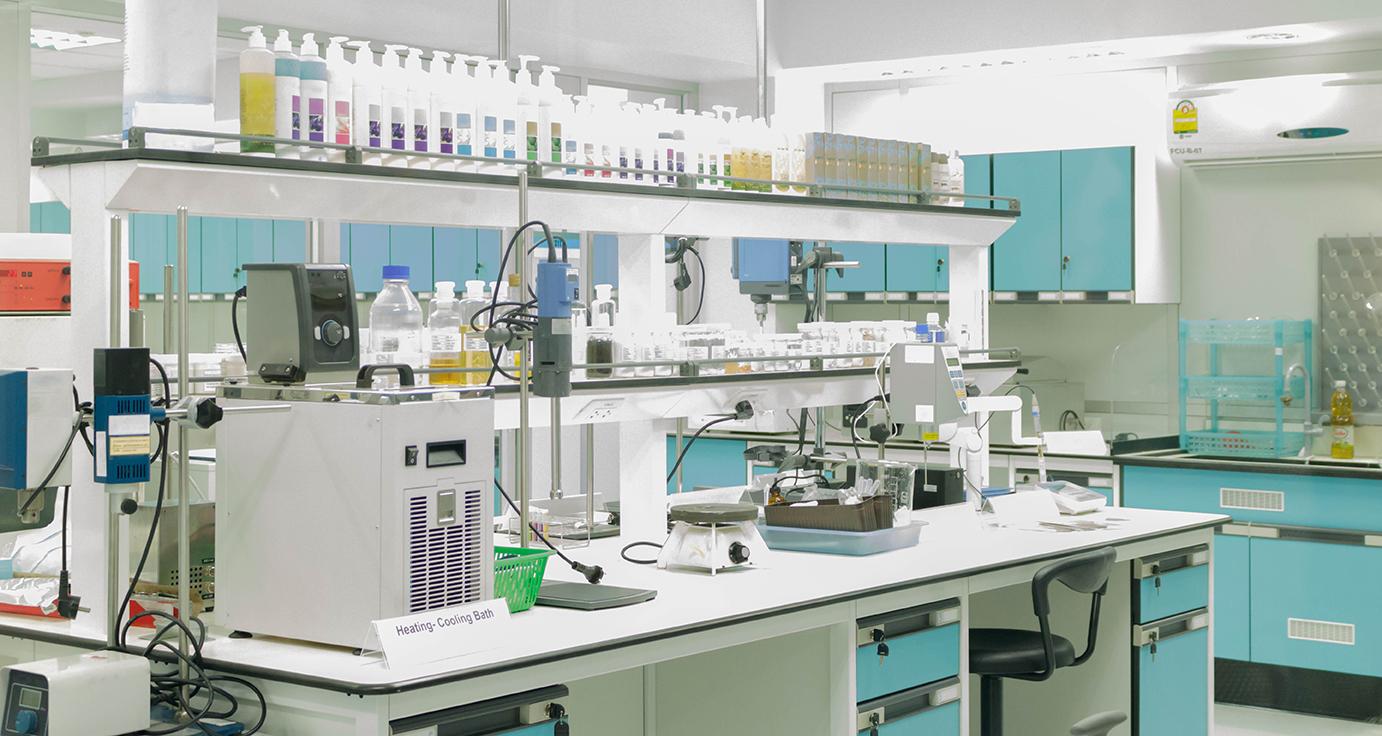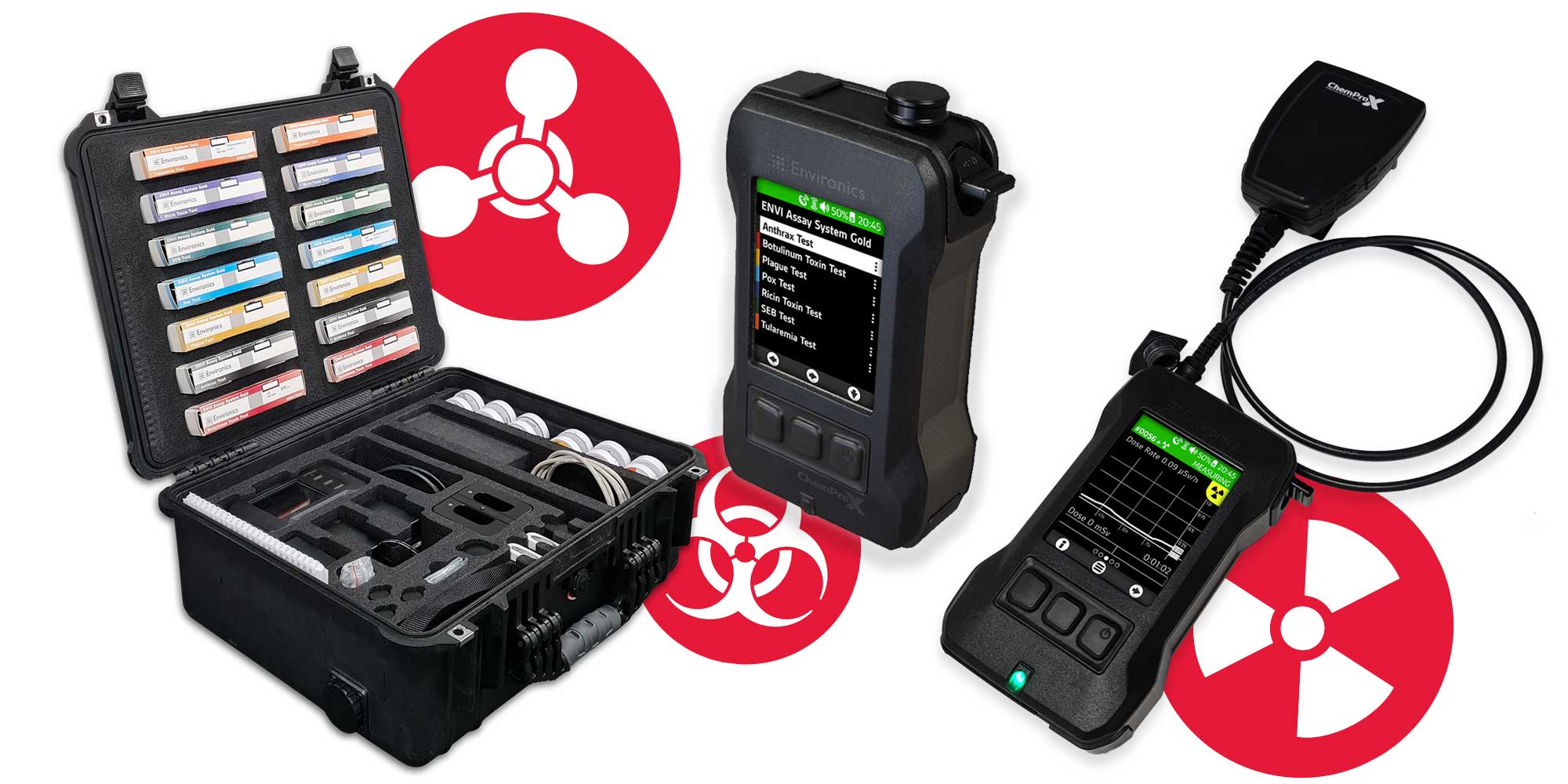Crises management missions in conflict areas must comprise preparedness against many unknown and surprising risks and threats. Mission threat assessment indicates sources of possible environmental health concerns, that should be taken into consideration when the personnel assigned to the mission will be deployed to the critical area carrying a CBRN detector.
To decrease the burden of operators and decision makers during a crisis mission, it is important to have previous knowledge of the “basic” CBRN environment and society’s vulnerabilities in the area. For achieving that, the personnel should be familiar with appropriate preparedness solutions and response equipment.
This first blog text aims to create an overall picture of potential threats and risks in the mission area, and the second blog aims to depict one example of a CBRN task in the mission.
Threat & Risk Assessment in Crisis Management Mission Area
Military and humanitarian missions in crisis and conflict areas call for understanding and surveying of the critical areas, to detect possible environmental and industrial health hazards, as well as public health concerns, not forgetting criminal and terrorist activities.
These threats can related to local nature conditions — like poisonous animal and plants —, and also climate born extreme conditions that can easily escalate to environmental, industry, and health hazards.

Ricin is a highly potent toxin produced in the seeds of the castor oil plant, Ricinus communis. Ricin is an example of a biological threat that can relate to local nature.
One of the greatest threats to be prepared for, and to survey, is sourced at the local infrastructure level — especially industry pollutions (air, ground, water) —, warehouses and storages. Last, but not the least, are the local actors with CBRN potential. These are commonly low-level threats, but their effects are huge if actors use these materials. Possibility for local infectious diseases also calls for precautions to be taken.
Security / Safety & Their Impact in Economy
The security situation is severely affecting the economic situation and affected the conditions of a local industry and small businesses. The potential of local and regional Toxic Industry Hazards (TIH) also escalates. The local safety standard in storage, handling and transportation systems decreases due the overall situation. Mainly, the acute risks are fire hazards, but these create toxic gasses and possibility for toxic chemicals releases, both to the air or ground.
The local waste handle facilities, and recycling plants for hazardous waste and waste dump locations, are potential threats that may affect the mission’s personnel safety and security. Due to the society functions after a long period of insecurity, the waste collection may not work, so small scale waste burning is common, and these can release toxic fumes and gasses on the surrounding urban areas.
Chemicals Can Be Found Almost Everywhere
All locations with poor storage facilities, unmarked chemicals, and abandoned industry sites are high risk locations that need search and clarification. These locations can be factories, harbours, air fields, transportation hubs, savage water and drinking water reservoirs, power plants and mines.
In a smaller scale, unknown or unmarked substances can be found in locals such as schools, universities, hospitals and research laboratories. These research laboratories may not only have chemicals but there is also a chance to encounter radioactive sources, and biological agents, depending the laboratory purposes.

Research Laboratories are high risk locations for all types of CBRN threats, from radioactive sources, to Biological agents, and unlabeled potentially hazardous chemicals.
If the local agricultural uses fertilizers and pesticides for farming, abandoned storages of these substances and dump yards, must also be spotted and clear from mission area to avoid potential home-made explosives and home-made nerve gas uses.
Not Only Chemical Threats Require Preparedness
Industries also use radioactive sources in their facilities, in various different types of process activities. These broken shield sources and stolen ones – sources out of regular control – create threats that need to be assessed and clarified. On the other hand, local hospitals and healthcare centers have potential radiation threats due to old X-ray machines and radiotherapy sources for cancer treatment.
Local diseases that can spread with vector-borne, respiratory route, animal contact, water-contact or dust and soil conduct, are mission critical challenges to be prepared for and to tackle. The mission’s personnel can be pre-vaccinated or undergo symptomatic treatment. These diseases can be/cause for instance Malaria, Yellow fever, Ebola, Marburg, Anthrax, Tularemia, Rabies and Plague. Diseases are capable of degrading the mission’s operations or causing severe illness.
If the mission area has been under military activities with heavy bombardment, the soil is likely to contain explosive residuals (example 2,4,6-trinitrotoluene) even in high concentrations.
ChemProX CBRN Kit – A Multi-tool Kit for Multi-threats
From Chemical Detector to CBRN Detector
New generation chemical detector ChemProX has already been selected for various crises management situations by key players, as the “tool” on site.

ChemProX CBRN Kit is a comprehensive set that expands ChemProX next generation handheld chemical detector for full CBRN threat detection. The CBRN kit turns the ChemProX chemical detector into a CBRN detector.
Now the standard chemical detection performance in increased to the next level. With ChemProX CBRN Kit the operators can add simultaneous radiation detection and survey performance as a plug ’n’ play module. The kit also contains seven different biological agent’s identification rapid-test for field level analyses. Long story short, all needed CBRN capabilities and performance are now comprised into one rugged case ready to for field deployment.
Training Manager Toni Leikas (CPT-ret) served in European Union Battle Group’s CBRN Detachment.

Leave a Reply